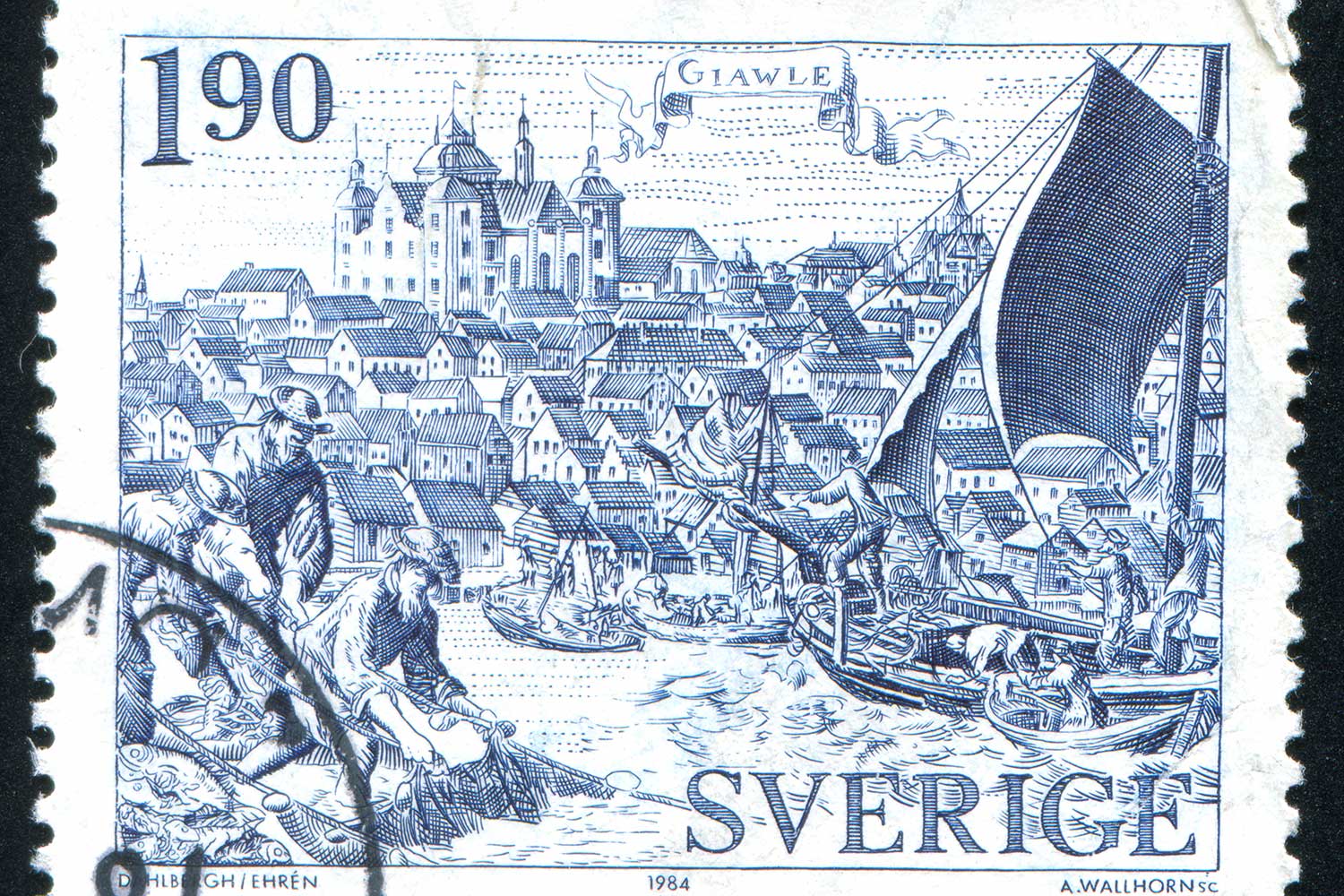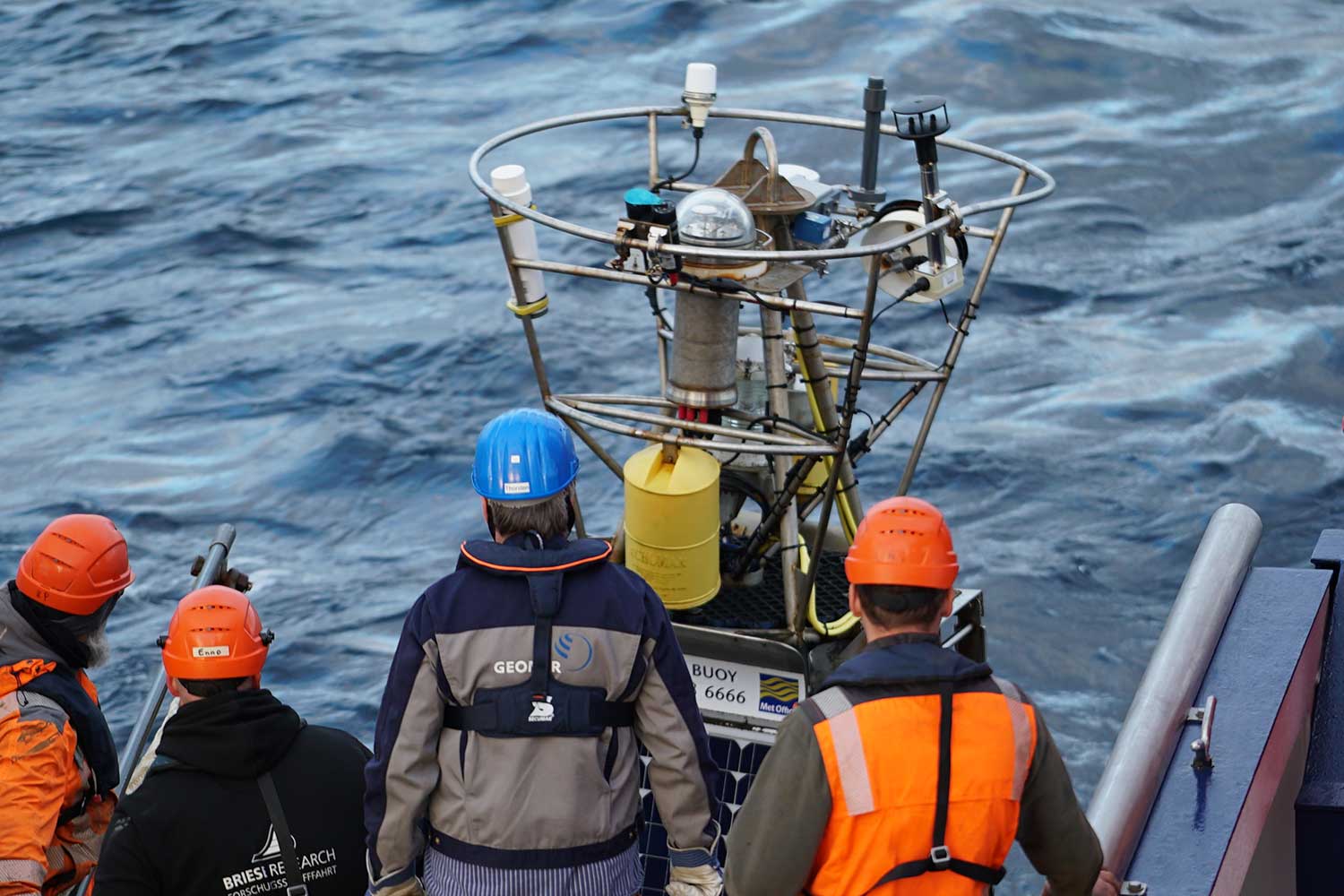The Dagmar Aaen does not look like a typical research vessel. The shark cutter, built in 1931 in Esbjerg, Denmark, is not really thought to be able to navigate the rough North Atlantic. But that is what it was built for, and it has been used by Arved Fuchs for his expeditions for more than 30 years. On 17 June, the 68-year-old adventurer will set sail with this ship. The destination of his approximately three-month expedition is the northern North Atlantic. As part of his OceanChange 2021 expedition, Fuchs wants to draw in particular attention to the impact of global warming on our ocean. As part of a cooperation with GEOMAR Helmholtz Centre for Ocean Research Kiel, he will continuously take measurements to support ocean science. The data, as well as much more information about the expedition, will be available live via the BELUGA platform developed by GEOMAR.
"The North Atlantic is one of the very critical regions with respect to global warming", says Professor Dr. Katja Matthes, Director of GEOMAR. "Here, further warming can quickly lead to changes in ocean currents, especially the Gulf Stream, one of the tipping elements of the climate system," Matthes continues. In order to detect warming signals and to understand the underlying processes to ultimately help better predictions for the future, more ocean observations are required and the OceanChange 2021 is one contribution.
"At GEOMAR, we are focusing our expeditions in particular on the Labrador Sea between Canada and Greenland, where we are conducting long-term observations since the mid 1990's," explains Dr Johannes Karstensen, oceanographer at GEOMAR, who is coordinating the cooperation with Arved Fuchs within the framework of OceanChange2021. "Arved and his team will carry out measurements along the entire route from Kiel via the Faroe Islands, Iceland, Greenland to Newfoundland, which will then be available to us in real time," Karstensen continues. Of interest to us are temperature and salinity to characterize warming and freshening of surface water but also the gas exchange for oxygen and carbon dioxide is recorded. Most data is collected at the surface but at dedicated stopps Arved's crew will acquire a vertical profile to greater water depths. The instruments in use on the Dagmar Aaen are similar to those operated on racing yachts such as Boris Hermann's Malizia.
"We are also supporting the expedition by using an extension of our communication platform BELUGA. This is a software product developed by GEOMAR, which combines observational data from different instruments into one stream, visualises it and presents it in the context of the route of the expedition. This enables viewers to grasp the current and past conditions in and over the ocean during the OceanChange 2021 expedition at a glance and to link them with other content such as information about life on board, natural phenomena or scientific topics," explains Dr Karstensen.
"We wish Arved Fuchs all the best, much success and a healthy return and look forward to exciting voyage reports from en route and, of course, the data for our research," says Katja Matthes.
Contact:
Dr. Andreas Villwock (GEOMAR, Communication and Media),
Tel.: 0431 600-2802
presse@geomar.de
…



